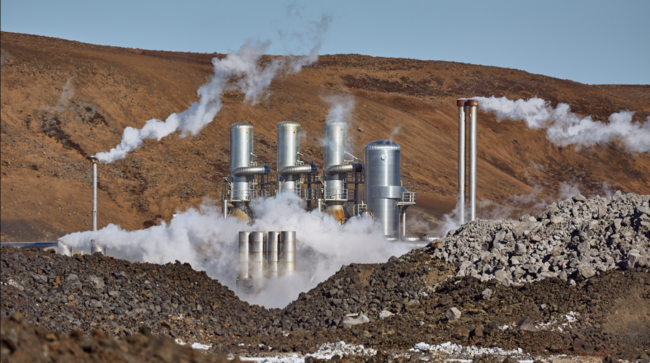Articles Menu

Aug. 26, 2024
Meta, the parent company of Facebook and Instagram, will by 2027 power data centers using geothermal energy storage, according to a power purchase deal announced Monday.
Meta’s partner in the deal, Sage Geosystems, is a company run by three former Shell Oil executives who have sought to use their experience in drilling and fracking wells to build out forms of energy storage that use cavities within the earth as a kind of battery that can store electricity for two to three times as long as lithium-ion batteries.
Sage sees this form of energy storage as a key step toward next-generation geothermal energy, which relies on the technology of oil and gas fracking to tap the Earth’s buried heat for industrial or electric power.
Earlier in August, Sage announced a deal with the San Miguel Electric Cooperative, a South Texas coal mining and power company. The company agreed to host a 3 megawatt pilot project in exchange for a share of royalties with an eye toward potentially standing up a geothermal plant of its own in the coming years.
That deal, however, is far smaller than the one Sage just inked with Meta, which would commit the energy company to ultimately providing 150 megawatts of power, or 50 times as much as it hopes to produce at San Miguel, within three years.
The method companies like Sage use is distinct from hydrothermal energy, the traditional form of geothermal energy seen across geologically active regions like the U.S. West Coast and the nations of Iceland and South Korea.
Hydrothermal energy relies on tapping existing underwater conduits of superheated water to run electric turbines — a form of power that is dependent on having, and finding, the right underground geology.
Next-generation geothermal power, by contrast, seeks to create that geology through drilling and hydraulic fracturing, and the Department of Energy (DOE) has argued that it could soon begin to serve as a clean, on-demand bulwark to the more variable power offered by wind and solar energy.
A March study by the DOE found that next-gen geothermal energy could power the equivalent of 4 million households by 2030, largely by adapting existing off-the-shelf technology — and build to the equivalent of 80 to 260 million homes by midcentury.
That may be an underestimate, Energy Department Loan Programs Office (LPO) head Jigar Shah told The Hill. “The numbers could be quite a bit larger,” he said.
Deputy Energy Secretary David Turk was also at the deal announcement on behalf of the Next Generation Geothermal Development workshop. In a statement, Turk pointed to the role geothermal energy could play in providing zero carbon, on-demand power to an ever-more-electrified economy.
“The U.S. has seen unprecedented growth in demand for energy as our economy grows, the manufacturing sector booms thanks to the Biden-Harris Administration’s Investing in America agenda, and new industries like AI expand,” Turk said.
With the increased demand pulling more clean energy onto the grid, Turk called geothermal methods “a game-changer as we work to grow our clean power supply.”
[Top photo: A geothermal power plant in operation.]